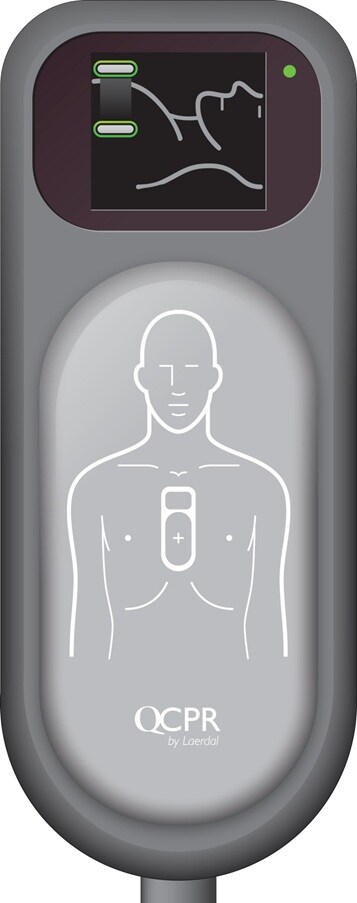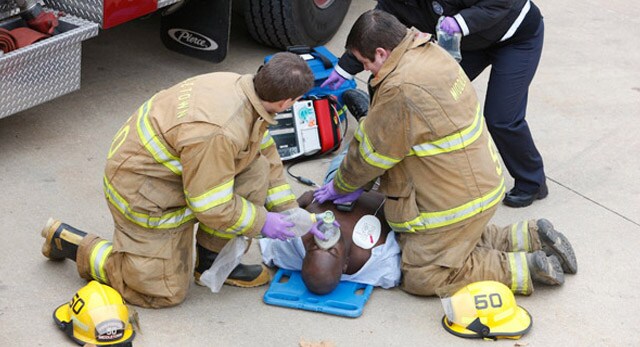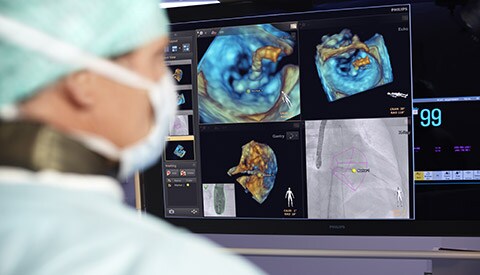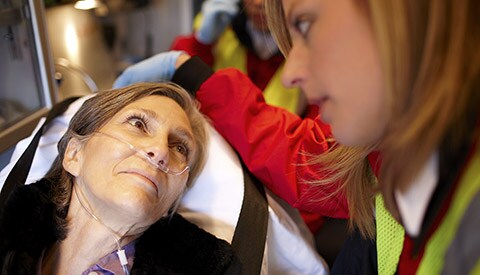Better quality CPR in your hands and right before your eyes
Cardiopulmonary resuscitation (CPR) has a direct effect on sudden cardiac arrest patient outcomes. Yet the effectiveness of CPR is often compromised by the lack of procedural standards. Variations in ventilation and chest compressions can mean the difference between life and death.¹ ² The American Heart Association (AHA) has developed specific resuscitation guidelines to address the need for consistent high quality CPR. Philips is meeting this challenge with solutions that provide measurable data to improve CPR performance. Our monitors and defibrillators, equipped with the Q-CPR™ measurement tool, deliver real-time feedback during actual cardiac arrests, providing you with vital information to improve technique and help save more lives. 2013 AHA Consensus Statement 5 Parameters for more effective CPR Learn more about how our CPR quality solutions can help you meet high standards of patient care.





